Guest post by Extension Specialist, James Stevenson.
What a colorful spring we are enjoying! Perhaps due to this year’s mild and wet winter, spring came early and with great wildflower flourish. It is certainly worth getting out in this mild weather to explore the county’s many parks and preserves and admire Florida’s native wildflowers. In drier upland habitats, look for the showy pink flowers of the rose rush (Lygodesmia aphylla). This member of the sunflower family grows among tall grasses and through palmetto fronds; these companion plants provide support for the wiry stems that carry the large flowers. Like its relative the dandelion, rose rush produces tiny, dry fruit carried on the wind by a “parachute” of bristles which are modified flower parts.

Also in the uplands look for the bright yellow flowers of yellow star grass (Hypoxis juncea). Not a grass at all, but an Iris relative, this plant’s grass-like foliage gives it its common name. That foliage is adapted to life in a fiery habitat; leaves can burn slowly, hopefully fizzling out before the plant’s crown is reached. Various species of blueberry (Vaccinium spp.) and huckleberry (Gaylussacia spp.) have been flowering all spring and now the fruit is ripening.

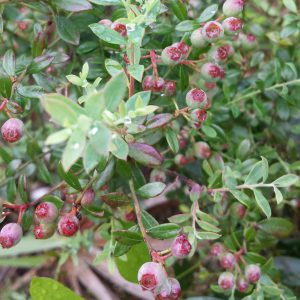
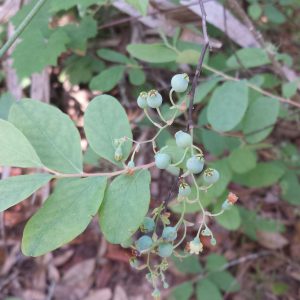
Yes, the fruit is edible, but we recommend leaving them for the wildlife that depend on annual cycles of food availability. Several species of St. John’s wort (Hypericum spp.) will be flowering from now throughout the summer. Look for yellow flowers on spindly shrubs and you can make a safe bet it is a Hypericum! Another showy upland wildflower, the purple passionflower (Passiflora incarnata) has just started opening its complex flowers. This vine is an important larval food plant for several butterfly species including the Gulf fritillary and the zebra longwing, our State butterfly!
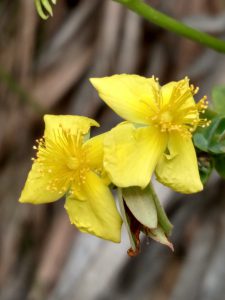
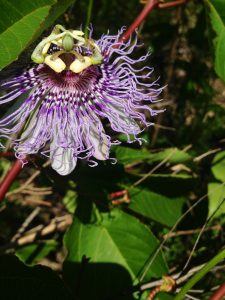
Wetlands too, are areas of great flora beauty this spring. Look for the tall stems bearing many three-petaled flowers of the duck potato (Sagittaria spp.) along with pickerel weed (Pontederia cordata) with its showy purple flowers, the edges of our ponds and lakes will be adorned for months to come. Close inspection of the edges of wetlands can reveal some charming wetland wildflowers. Look out for bog buttons, hatpins, and pipeworts (Lachnocaulon spp. Syngonanthus and Eriocaulon spp.).
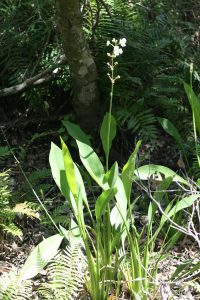

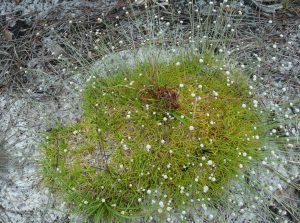
All these species grow from tight tufts of foliage and raise tall flowering stems well above the ground. The densely-packed flower heads, only ¼ to ½ inch across will last most of the summer. Wetlands also offer showy garden-worthy plants like meadow beauty (Rhexia spp.). Bright pink forward-facing flowers feature bright yellow stamens in the center of the flower providing quite a color contrast!
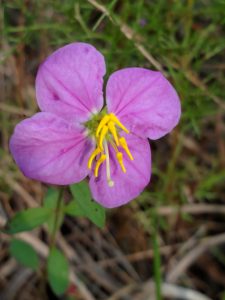
There are many, many more wildflowers to discover right now. We hope you will enjoy Florida’s springtime and find your way to one of our award-winning parks and preserves!
 0
0
